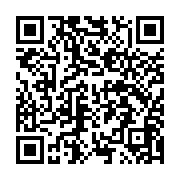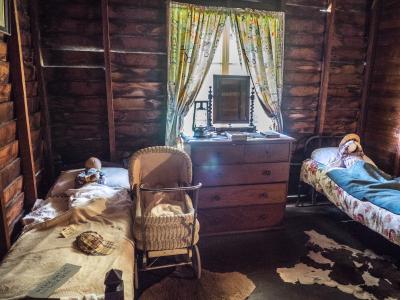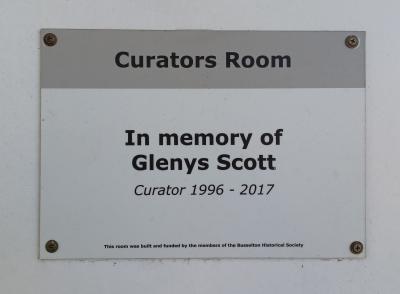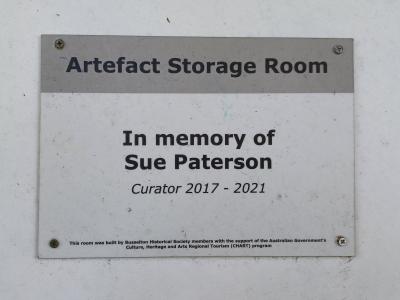Blacksmith Shop with Forge
c. 1990This Blacksmith Shop was built by the Busselton Historical Society in the 1990s to commemorate the importance of the blacksmith and wheelwright to our local history. In 2021 upgrades were made, under the direction of long-term Society member and resident blacksmith Malcolm Paine, to improve public accessibility and to separate the wheelwright shop from the forge. The area is used by Society members for blacksmithing demonstrations and restoration work on wagons and other large machinery.
In the early days of the Vasse settlement the settlers would have required both wheelwrights and blacksmiths to mend their machinery, shoe their horses and make household wares.
The first Blacksmith shop in Busselton was opened by James Barsey (Barzay), around 1865, as part of his General Store on the corner of Prince and West Street Busselton. In 1886 a new Blacksmith shop was erected in the same location for Walter Sunter. In 1888 a second Blacksmith shop was erected in central Prince St by Mr W Cridland. Cridland worked this shop until he left Busselton for Quindalup in 1890 to work for Henry Yelverton and sold the shop to Mr CJ Hough. Hough operated this business until 1896 when he took Mr Robert Donald as a partner. This partnership continued until Hough left the business in July 1906. Robert Donald continued as blacksmith and wheelwright until the 1920s when William Aspley purchased the business. Aspley moved the premises to Bussell Highway where it remained until its final move in 1976 to the Busselton Light Industrial Area.
Details
Details
A blacksmith is a metalsmith who creates objects primarily from wrought iron or steel, by forging the metal, using tools to hammer, bend and cut, whereas a wheelwright is a craftsman who builds or repairs wooden wheels. Traditionally wheelwrights made wheels for wagons and the belt drives of steam powered machinery. By the 1800s wheels had evolved to be straked with iron, a method of nailing iron plates onto the felloes to protect against wear on the ground and to help bind the wheel together, requiring wheelwrights to learn basic blacksmithing skills or work with a blacksmith.
More items like this
Other items from Busselton Historical Society

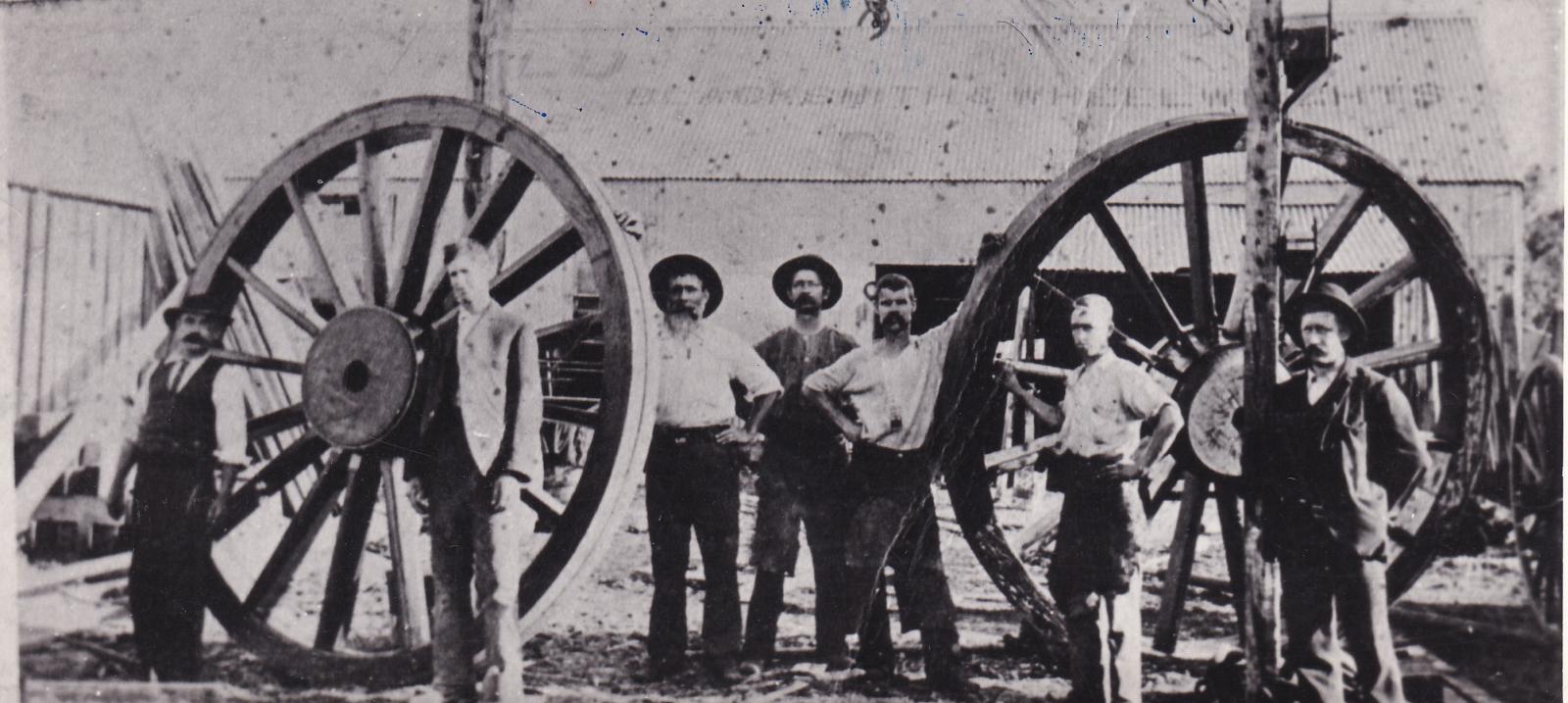
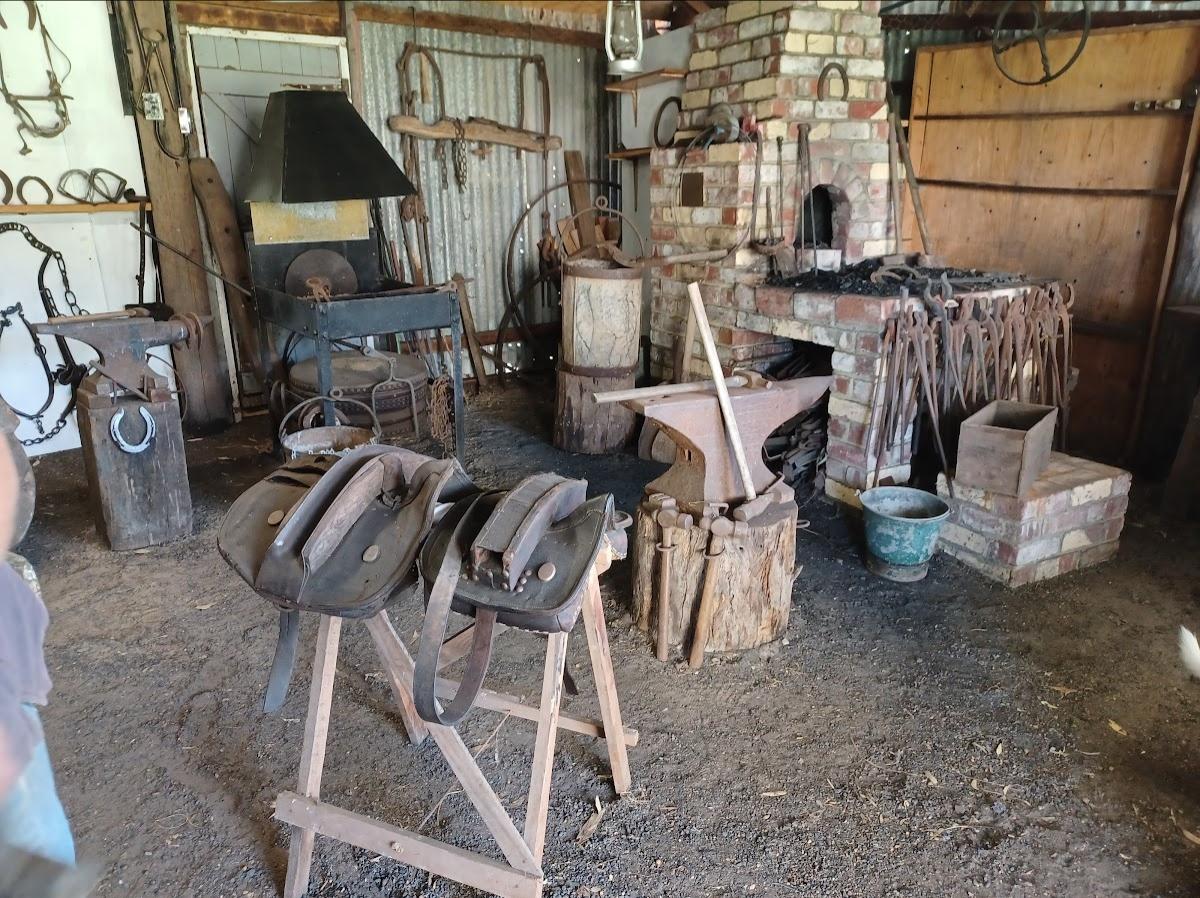
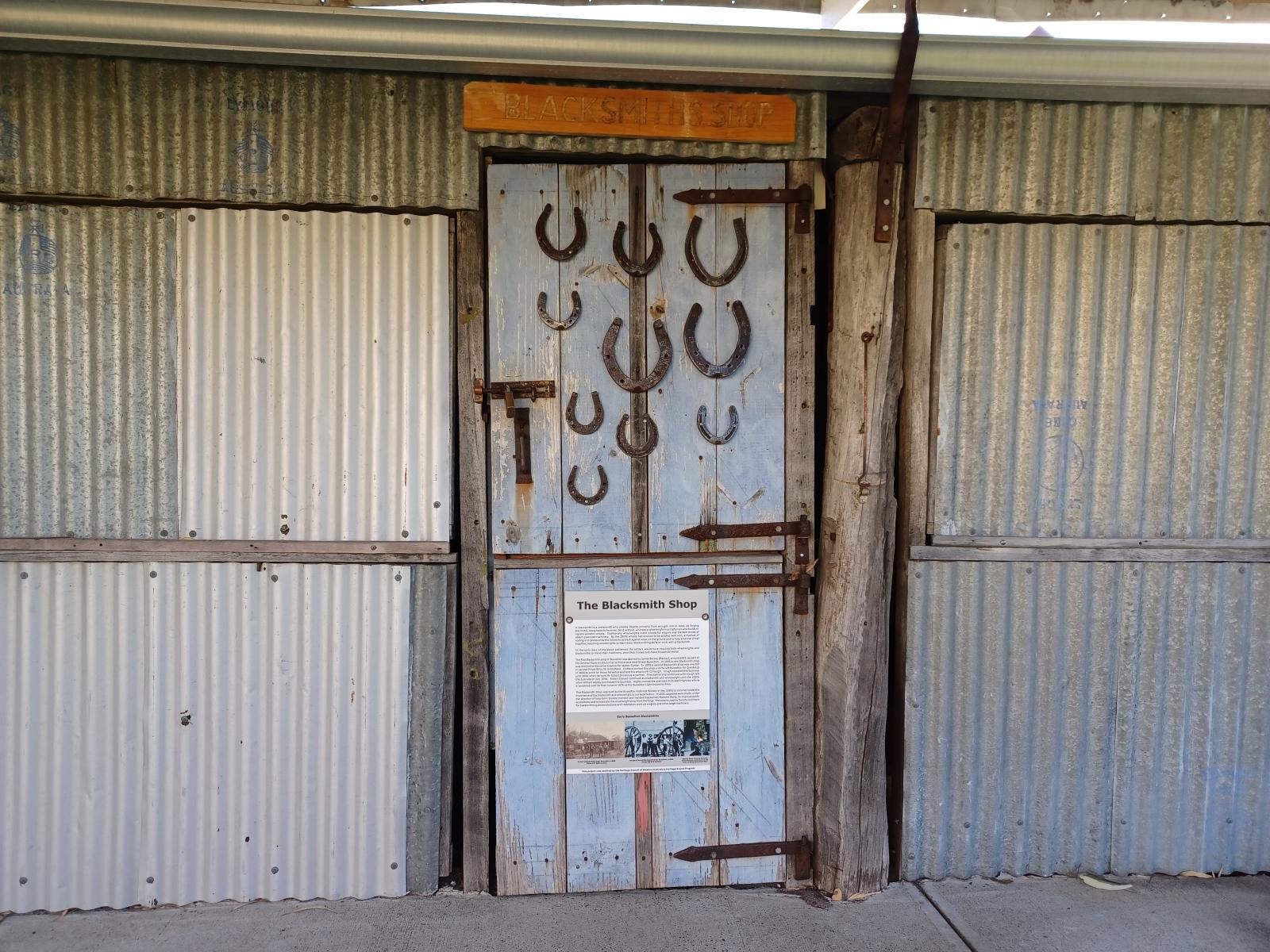
Scan this QR code to open this page on your phone ->
